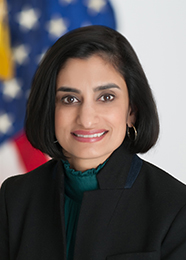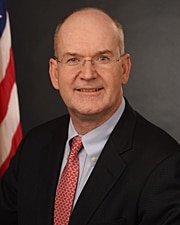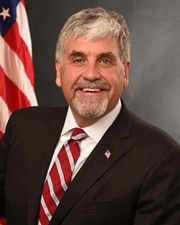Feb 11
2019
Key Takeaways From CMS/ONC Officials Regarding New Interoperability Proposed Rule
Following the release of its proposed new rules designed to improve the interoperability of electronic health information, members of leadership from the Centers for Medicare & Medicaid Services (CMS) hosted a call to provide additional detail about the proposed rule, and to answer questions from the media. The following includes the key takeaways from the officials hosting the call.

Seema Verma, Administrator, CMS
- CMS shares a commitment with patients to obtain and share their health data.
- The proposed rules ensure patients have access to their records in digital format.
- We are “unleashing” data for research and innovation while tackling what might be the greatest healthcare challenge in our history, including the potential upcoming healthcare cost crisis that could destroy the US economy.
- MyHealthEData unleashes innovation and focuses on results.
- CMS is doubling down by requiring health plans to release claims data. All health plans in Medicare, Medicaid and that have plans within the federal exchange must allow for information be shared so patients can take their records with them when they move on.
- Through these efforts, more than 125 million patients will have access to health information and be able to take information with them.
- We are putting an end to information blocking and will publically identify doctors, hospitals and others who engage in information blocking.
- Patient data doesn’t belong to doctor, but to the patient.
- We’re putting the patient at the center of healthcare data. The time of keeping patients in the dark to trap them in systems so that they can never leave are over.
- We are empowering patients to understand their healthcare information.
- This rule allows patients to aggregate their data in one place through APIs/apps – putting the data in one place to help them understand it. They can organize the information, create care reminders, take data for the next provider when they go to a new provider.
- This allows for aggregation of data in one place; physicians no long need to duplicate tests, for example.
- Patients can donate their data for research, if they so desire, possibly opening up new wave of innovation of development.

Don Rucker, MD, National Coordinator for Health Information Technology (ONC)
- Through this rule, ONC has put the technical underpinnings asked for in the 21st Century Cures Act.
- Provisions have been made for security and privacy for patients.
- Information blocking has not be enforceable until now.
- Interoperability is technically there, but pricing strategies were not effective, but this proposed rule changes that.
- This strikes a role for transparency – and helps lead toward providing information about what patients are buying and they are getting for a certain cost.
- Getting transparency in pricing is very complicated, primarily because of decades of previous regulation.

Eric Hargan, deputy secretary, HHS Office of the Secretary
- These proposals contain a number of historic measures designed so that individual patients can securely access their health records.
- We believe empowering patients with this access will build an ecosystem that improves individual care and provides access to healthcare.
- This also should reduce the burden on providers.
- We can’t built a vale-based healthcare system with these rules.